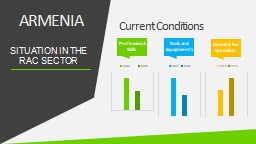PPT-CS 378: Computer Game Technology
Author : aaron | Published Date : 2019-03-17
Introduction to Game AI Spring 2012 Today AI Overview State Machines What is AI AI is the control of every nonhuman entity in a game The other cars in a car game
Presentation Embed Code
Download Presentation
Download Presentation The PPT/PDF document "CS 378: Computer Game Technology" is the property of its rightful owner. Permission is granted to download and print the materials on this website for personal, non-commercial use only, and to display it on your personal computer provided you do not modify the materials and that you retain all copyright notices contained in the materials. By downloading content from our website, you accept the terms of this agreement.
CS 378: Computer Game Technology: Transcript
Download Rules Of Document
"CS 378: Computer Game Technology"The content belongs to its owner. You may download and print it for personal use, without modification, and keep all copyright notices. By downloading, you agree to these terms.
Related Documents

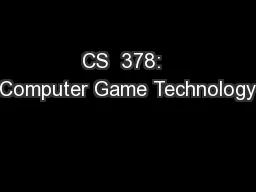
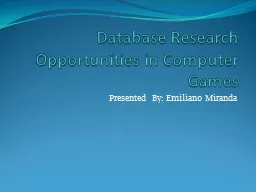
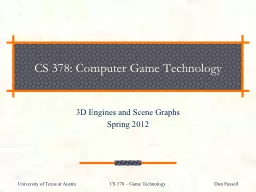
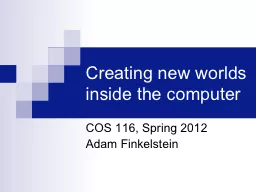
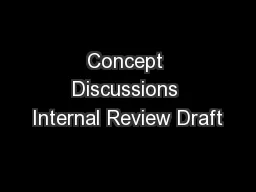
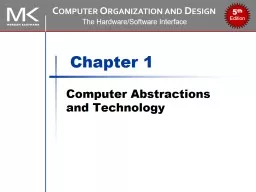
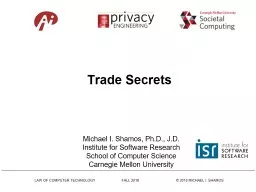
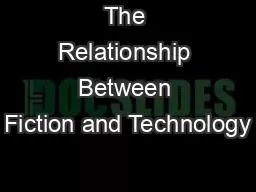
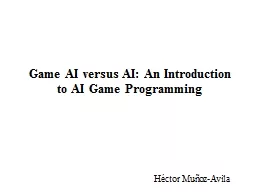

![[READING BOOK]-Game Development Planner: My Great Game Ideas - Video Game Design Book](https://thumbs.docslides.com/981136/reading-book-game-development-planner-my-great-game-ideas-video-game-design-book-for-game-developer-game-designer.jpg)

